Numerous masters throughout history have shaped portrait photography, each contributing to the art form uniquely. For instance, Diane Arbus captured the marginalized, while the more contemporary Annie Leibovitz is on the other end of the spectrum and captures the famous, whom we often idealize in an up-close and personal way. There’s Richard Avedon, whose name you would’ve heard in the recent supermodels series, as he immortalized models within the fashion industry. Perhaps it’s Steve McCurry that you’re more familiar with, working in a documentarian style to create expressive portraits.
Whichever photographer’s work you fancy, there is something to be learned from all, and this article will break it down.
The key takeaways for mastering portrait photography:
1. Start with a mood board
2. Work with artificial lighting when necessary
3. Tell a story through your portrait
4. Pay attention to the technical aspects
5. Have a consistent style
6. Pay attention to the framing
7. Push boundaries
8. Strive to capture the essence of your subject
Start with a mood board
A mood board in photography is a visual tool used to convey the desired mood, style, and aesthetic for a photography project or session. It typically consists of a collage of images, text, color swatches, and other visual elements that help communicate the creative direction and vision for the project.
When planning a portrait photography session, a mood board can be incredibly helpful to clarify your vision and set guidelines. One example of a master portrait photographer who incorporates mood boards into their creative process is Mario Testino. Testino is renowned for his iconic fashion and celebrity portraits, characterized by their vibrant colors, dynamic compositions, and glamorous aesthetic.
Before his shoots, Testino often creates detailed mood boards to convey his vision and inspiration to his team and collaborators. These mood boards typically include a curated selection of images, color palettes, fabric swatches, and other visual elements that capture the desired mood, style, and concept for the shoot.
By using mood boards, Testino is able to effectively communicate his creative vision and ensure that all stakeholders are aligned on the direction of the shoot. This collaborative approach allows him to work seamlessly with stylists, makeup artists, set designers, and other team members to bring his vision to life.
Work with artificial lighting when necessary
Natural light is wonderful, but as a photographer, you shouldn’t feel blindsided by low light situations, and should know how to work with flash and studio lighting. Artificial light is also easy to manipulate, and can be a great area to play in to get your perfect portrait.
A master of portrait photography known for their skillful use of artificial light is Irving Penn. Penn’s portraits are characterized by their simplicity, elegance, and meticulous attention to lighting.
To emulate Irving Penn’s style of working with studio lighting, consider experimenting with soft light—focus on details and texture and play with shadows. Penn often used soft, diffused lighting to create flattering portraits with smooth transitions between highlights and shadows. Experiment with large light sources such as softboxes or umbrellas positioned close to your subject to achieve similar results.
Penn was known for his meticulous control over every aspect of his studio lighting setup. Pay attention to the placement of your lights, as well as the use of reflectors and flags to shape and control the light. As you can see with Eric Mwazo’s photo, well placed lighting can highlight certain areas and create slight shadows in others, resulting in a dramatic image with strong lines and contrast.
Tell a story through your portrait
One specific photographer who excelled at telling stories through portrait photography is Steve McCurry. McCurry is best known for his iconic photograph “Afghan Girl,” which not only captures the haunting beauty of its subject but also tells a powerful story of resilience, identity, and the human condition.
There are many elements that make a good story—for a photograph to do this it helps to be in a rich setting and emotive. Our 500px community photographer example Geoffrey Black. His image is a street portrait that contextualizes the man in an urban space, and also places him through his clothing.
Storytelling is also done emotively, and capturing fleeting moments of emotion, like the quizzical expression of the man with his creasing forehead is a combination of skilled timing and technique.
For McCurry his masterful use of composition, lighting, and storytelling techniques create portraits that transcend mere documentation to become powerful narratives of the human experience. Each image invites viewers to step into the world of the subject, and engage with their story on a profound level. As a photographer you can reference his work as inspiration as you develop your skills.
Pay attention to the technical aspects
Let’s consider Gregory Heisler, a renowned contemporary portrait photographer known for his technical prowess and meticulous attention to detail. Heisler’s work often combines technical excellence with creative innovation, making him an excellent reference. He is known for his mastery of lighting, and he often employs specific lighting setups. You can look at his work, or the work of other photographers, and analyze their light sources as a way to improve your understanding of the technical and translate it into your practice.
An example of paying attention to the technical from our community is shown above. Nicole uses front and side lighting to have her model’s portrait well lit, with a gentle shadow being created behind her adding depth to the image, and a layer of complexity for an otherwise monochromatic image.
Heisler also pays attention to posing, and we can learn more about refining posing by looking at his work. Take his images working with miners vs his work with more corporate dressed men—he poses the subject and places himself strategically.
Samira in her intimate portrait, works with the model to get up close and personal and utilizes her assets like her beautiful long hair and striking eyes. The final image is sharp and clear, due not only to mastering the functionality of the camera, but delivering direction with confidence and clarity.
Have a consistent style
We could do an entire post on the importance of style, and the need to create and know how to define your aesthetic. Many clients will choose you because of your style and from previewing your portfolio. When your work shows one consistent style, client’s will be confident in your skillset. When we think of the great photographers, they all had a clearly defined aesthetic.
A classic example of portrait photographer with clearly defined aesthetics is Richard Avedon. Avedon’s work is characterized by its minimalist approach, stark contrast, and uncompromising focus on the subject. His portraits often feature individuals against plain backgrounds, allowing the viewer to focus solely on the subject’s expression and demeanor.
What makes Richard Avedon’s work memorable is his ability to capture the raw essence of his subjects. Whether photographing celebrities, models, or everyday people, Avedon had a talent for stripping away pretense and capturing moments of honesty and vulnerability. His portraits are often intense and confrontational, yet they also possess a sense of intimacy that draws viewers in.
However, many of the photographers in our community have also successfully mastered their own unique styles. Take Maxim Solodilov for example, his images all have a consistent color and contrast treatment. The mood is generally a bit airy and cinematic. In the same way writers have a unique tone of voice, photographers can establish a unique aesthetic in portraiture.
Pay attention to the framing
Classic portrait photographers offer valuable lessons in framing a well-composed image, emphasizing key principles such as balance, symmetry, and attention to detail. Classic portrait photographers often strive for visual balance within the frame. This involves distributing elements evenly throughout the composition to create a sense of harmony. For example, placing the subject slightly off-center while maintaining a balance with other elements in the frame, such as background or props.
Classic portrait photographers pay meticulous attention to every aspect of the image, from lighting and posing to background and composition. They carefully consider the placement of each element within the frame to ensure a cohesive and visually appealing result. This attention to detail helps create portraits that are not only technically proficient but also emotionally resonant.
Push boundaries
An example of a contemporary master portrait photographer who pushes boundaries in the field is Platon. Platon’s portraits are characterized by their boldness, intensity, and willingness to confront pressing social and political issues. He pushes the boundaries of traditional portraiture by using his photography as a tool for activism and social commentary.
Portrait photographers can push boundaries through their subject matter, emotions, visual style, and social engagement. In Zamira’s image, we see an unconventional portrait in the sense that it is faceless, yet the image tells a story of a culture through the clothes and the hair. It might be simple at first glance, but the photographer is pushing expectations on how to use portraits to represent someone’s identity.
Strive to capture the essence of your subject
Building a connection with the subject is essential for capturing their essence. Classic photographers often spend time getting to know their subjects, listening to their stories, and creating a comfortable environment for the photoshoot. This connection allows the photographer to capture authentic moments and expressions that reveal the subject’s personality and inner world.
In Isotta’s beautiful capture of her mother, she shows her mother’s confident and serene personality through the positioning of her lens in such an intimate way, the natural pose and the light, and intentional focus on the eyes. The viewer can sense the subject’s ease and comfort, both in her own skin, and with the photographer (her daughter). Their relationship helps, but in all cases, help your subject feel confident in themselves and with you and this will help their essence shine through.
Not on 500px yet? Sign up here to explore more impactful photography.

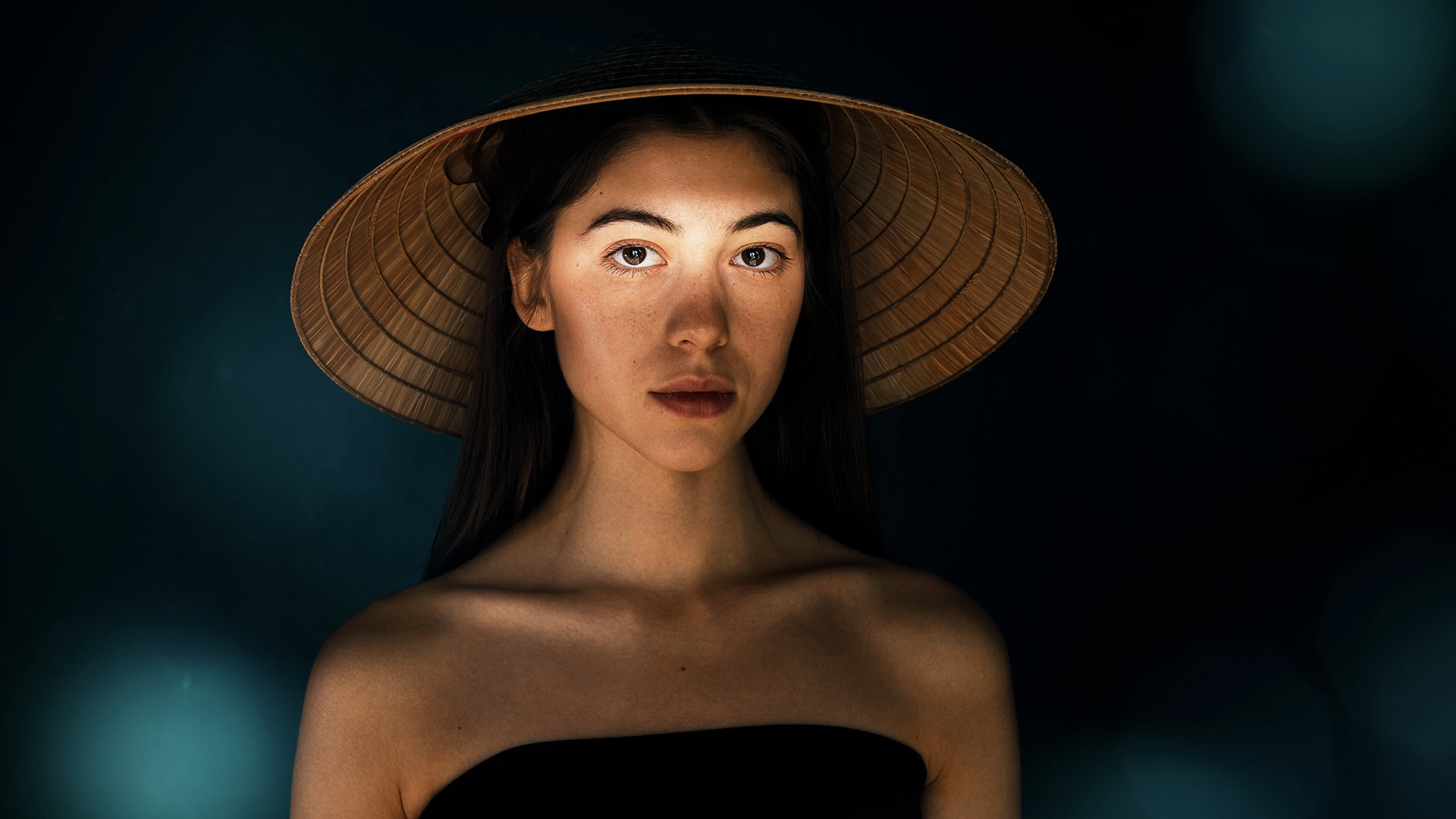
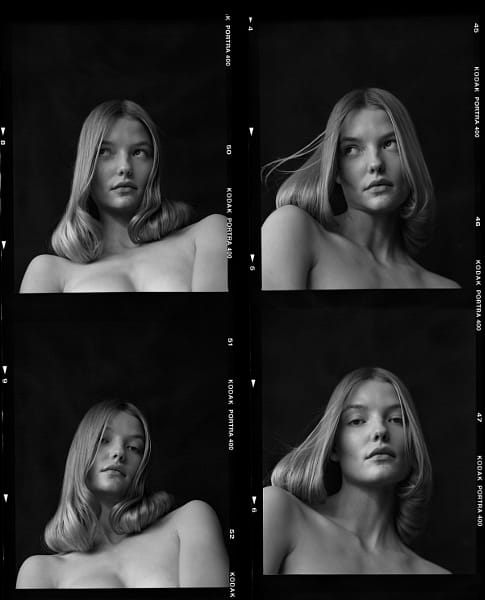

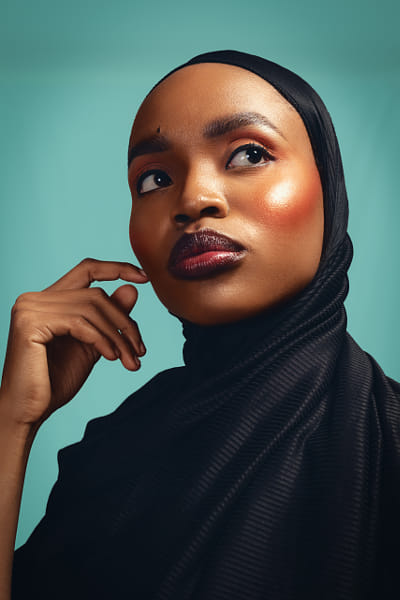


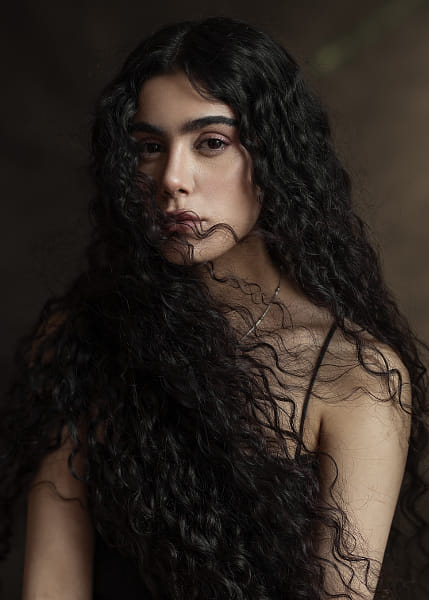
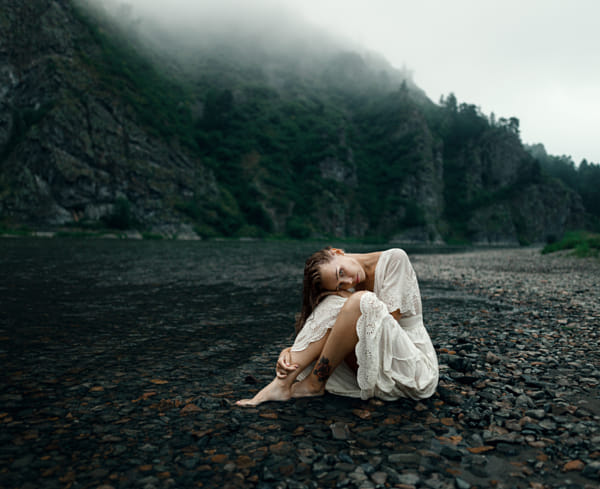
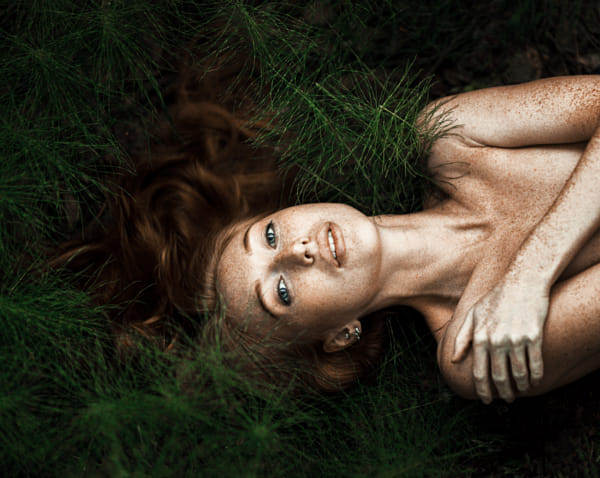
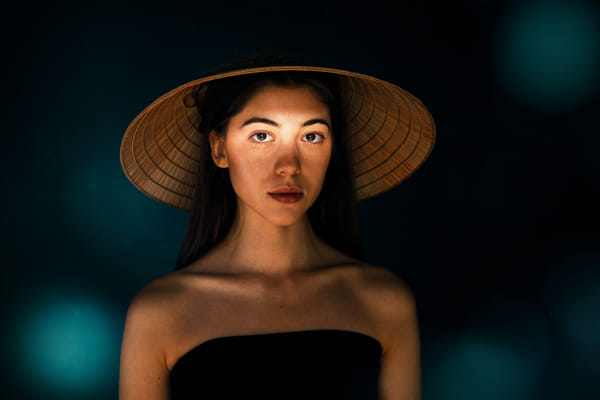

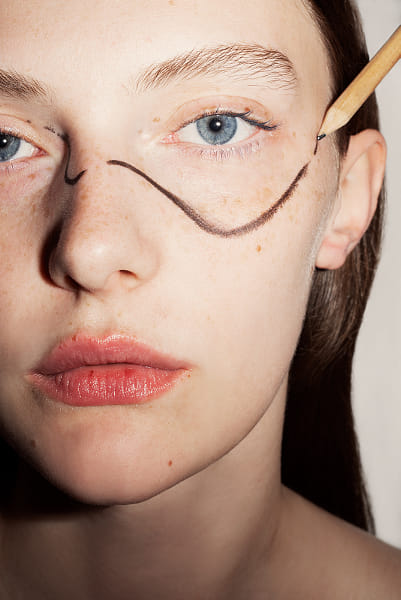
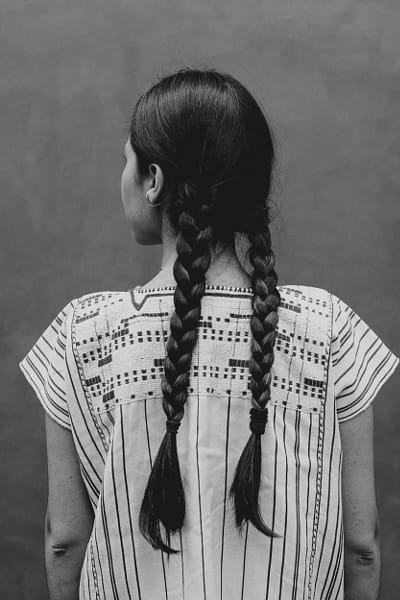
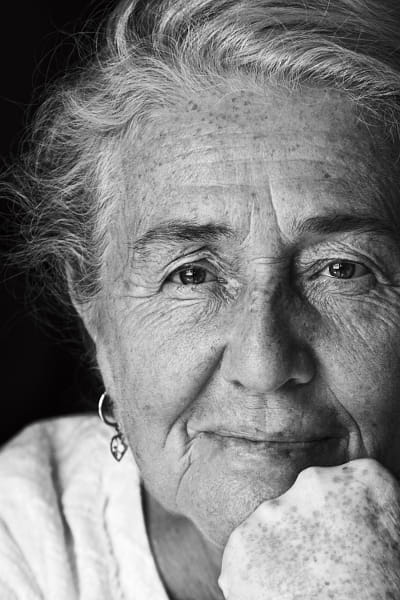
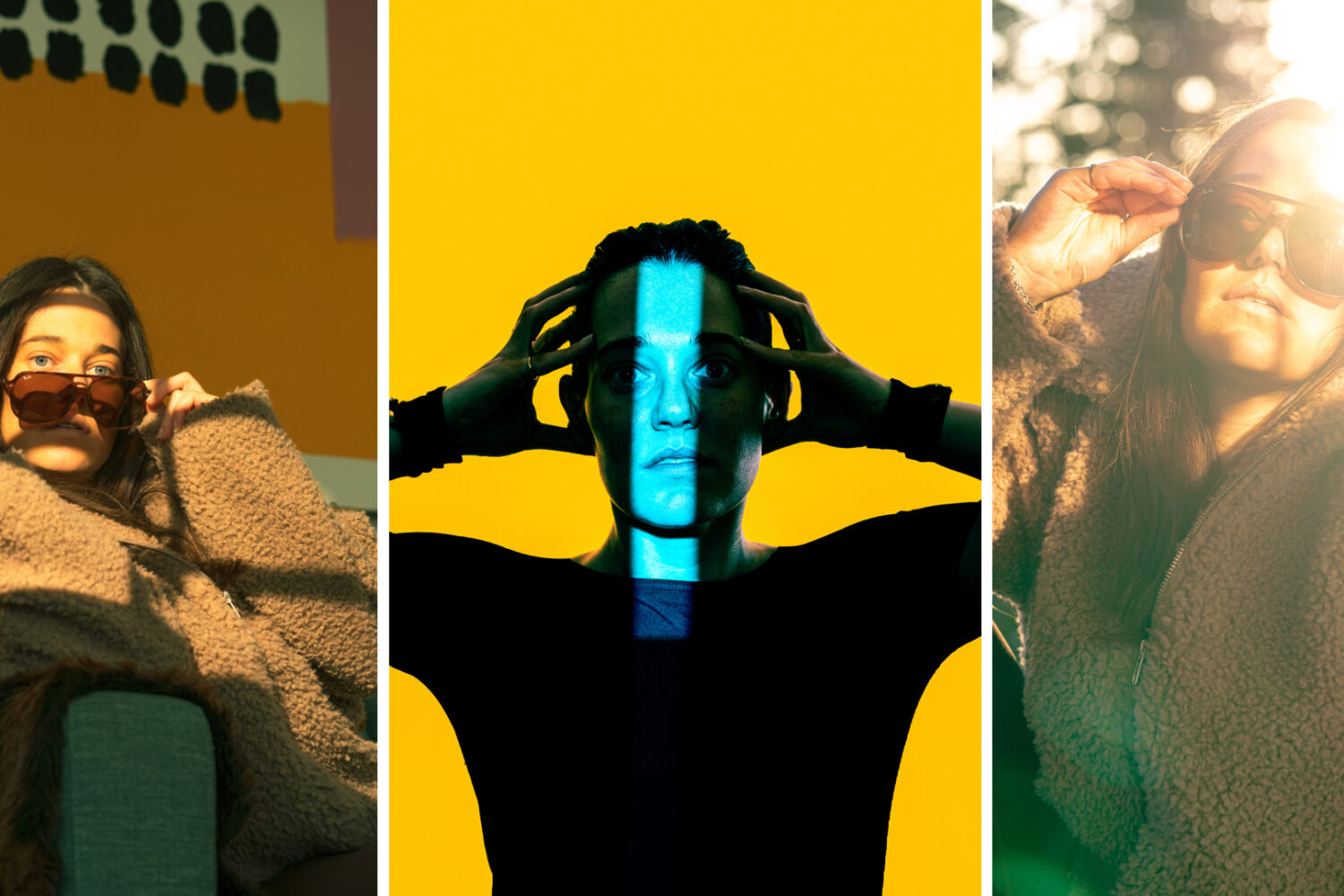




Leave a reply